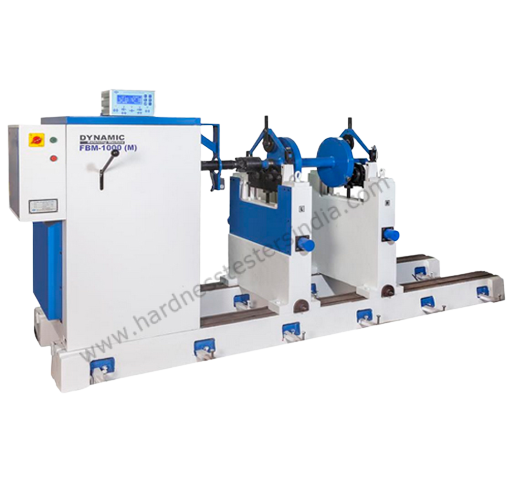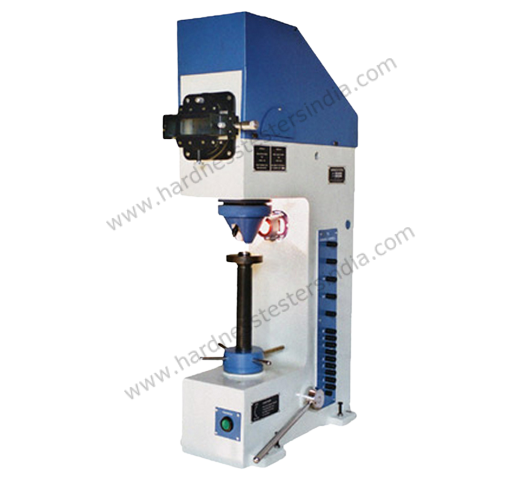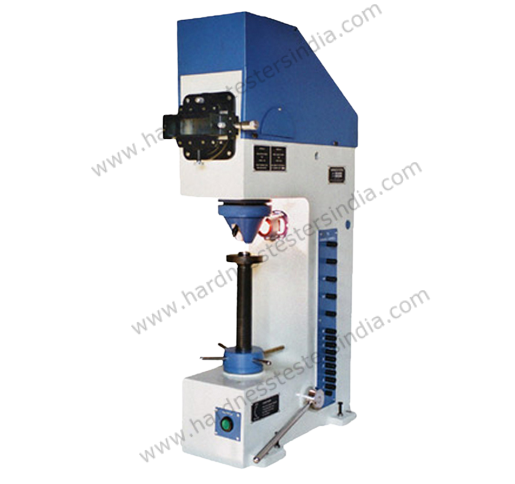

Dynamic balancing machines are precision instruments used to measure and correct the unbalance in rotating machinery components. They ensure that the components, such as rotors, fans, and shafts, operate smoothly, reducing wear and tear, vibrations, and noise.
Manufacturing: Used to balance components in production processes, ensuring quality and performance.
Maintenance: Essential in maintenance departments to correct imbalances in rotating equipment, improving efficiency and extending equipment life.
Research and Development: Employed in R&D to test and optimize designs for balanced performance.

Horizontal type DSP (Digital Signal Processing) based dynamic balancing machines are advanced systems designed to measure and correct the dynamic imbalance of rotating components in a horizontal orientation. They utilize digital signal processing technology for accurate measurements and real-time data analysis, making them essential tools in various industrial applications.
Read More
Vertical type DSP (Digital Signal Processing) based dynamic balancing machines are specialized equipment designed to measure and correct the dynamic imbalance of rotating components that operate in a vertical orientation. These machines utilize advanced digital signal processing technology to enhance measurement accuracy and provide real-time data analysis.
Read More
Vickers Cum Brinell Hardness Testing Machines are versatile instruments that combine the capabilities of both the Vickers and Brinell hardness tests in a single device. This dual functionality allows users to measure the hardness of various materials using different testing methods, making it suitable for a wide range of applications in laboratories and industrial settings.
Read More
Vickers Hardness Testing Machines are widely used for measuring the hardness of materials through the Vickers hardness test, which is suitable for a range of materials, including metals, ceramics, and composites. The test involves applying a specific load to a diamond pyramid indenter and measuring the size of the resulting indentation.
Read More